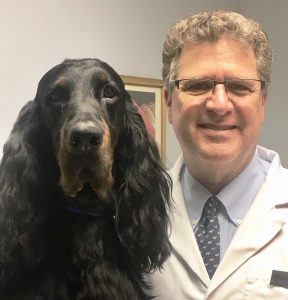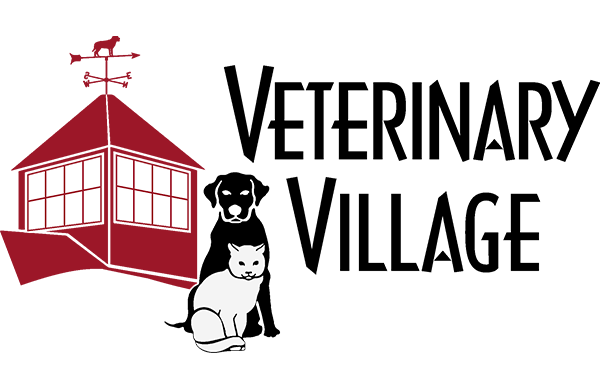449 – Dr. Jerold Bell: Popular Sire Syndrome Defined

Dr. Jerold Bell: Popular Sire Syndrome Defined
 Dr. Jerold Bell, adjunct professor of veterinary genetics, Cummings School of Veterinary Medicine at Tufts University joins host Laura Reeves for a “hot topic” discussion of Popular Sire Syndrome.
Dr. Jerold Bell, adjunct professor of veterinary genetics, Cummings School of Veterinary Medicine at Tufts University joins host Laura Reeves for a “hot topic” discussion of Popular Sire Syndrome.
“How I define the popular sire syndrome would be the overuse of a single dog beyond their usefulness to contribute to the gene pool,” Bell said. “So it is an over use that is the issue. What happens with a popular sire is that their use occurs during a relatively short period of time, usually a one to two year period of time when they’re in a very active breeding stage. So what it does for us is that it does not provide the feedback in terms of their offspring and how their offspring develop before the overuse is already taken place.
“When I compare a popular sire to an influential ancestor in the background of a breed who has a very high contribution to every member of the breed From the past and people compare the two and say well why is it OK for an influential ancestor to be so influential but not a popular sire. It is the ability to evaluate over time.
“So that with an influential ancestor they remain influential because their descendants for each generation are evaluated against other individuals and they are decided to be used for breeding. That’s how that ancestor continues their influence through multiple generations of descendants whereas a popular sire, the only way to evaluate him is based on his phenotype, what he looks like, and not based on his genotype or what he will produce overtime. So that evaluation is not available and possible with the popular sire syndrome.
“We’ve seen a lot of popular sire syndrome in many breeds, where a popular sire gets replaced by his son, who becomes a popular sire, who gets replaced by his son who becomes a popular sire. And the entire breed truncates on that single sire line. The insidious issue with popular sire syndrome is that there are only so many quality bitches that are going to be bred with each generation. If a large portion of those quality females are all bred to a single male or a single male line, it’s sidelines the other quality males across the breadth of the gene pool that should be contributing to their gene pools in the next generation. The issue with popular sire, there are several issues, but one of the major issues is the loss of genetic diversity in the gene pool.
“We talked about the genetic diversity issue. The second issue is recessive deleterious genes that the popular sire may carry. Everybody has some deleterious genes in their background. With the popular sire, you don’t know what those deleterious genes are going to cause until a few more generations down the line when his offspring are adults and maybe they’re reproducing as well. Where a popular sire is obviously producing an issue and we need to go through a purging process to try to get rid of those deleterious genes and disorders, then you’re not just purging that popular sire but you’re also purging the quality females that he was bred to.”
Watch this space in the coming weeks for more from Dr. Bell on Population Genetics.
Watch Dr. Bell’s presentation on the topic at the 2019 AKCCHF Parent Club Health Conference here.
Our Valued Corporate Sponsors:
Our Esteemed Advertisers:
Our In-Kind Supporters:
KNOWLEDGE IS POWER — FRANCIS BACON
When you become a patron of Pure Dog Talk you’ll tap into an exclusive community of experts to help you and your dog be blue-ribbon best at whatever you do with your purebred dog! Your support helps keep the MP3's rolling at Pure Dog Talk!
As a supporter, you’ll immediately gain access to the weekly Pure Pep Talk SMS, Pure Pep Talk private Facebook group, and priority emails. Patrons can choose to level up to the After Dark Zoom and a Patrons Digital Badge for their website— even a private counseling session with Laura on any topic.

DON'T MISS AN EPISODE!!













